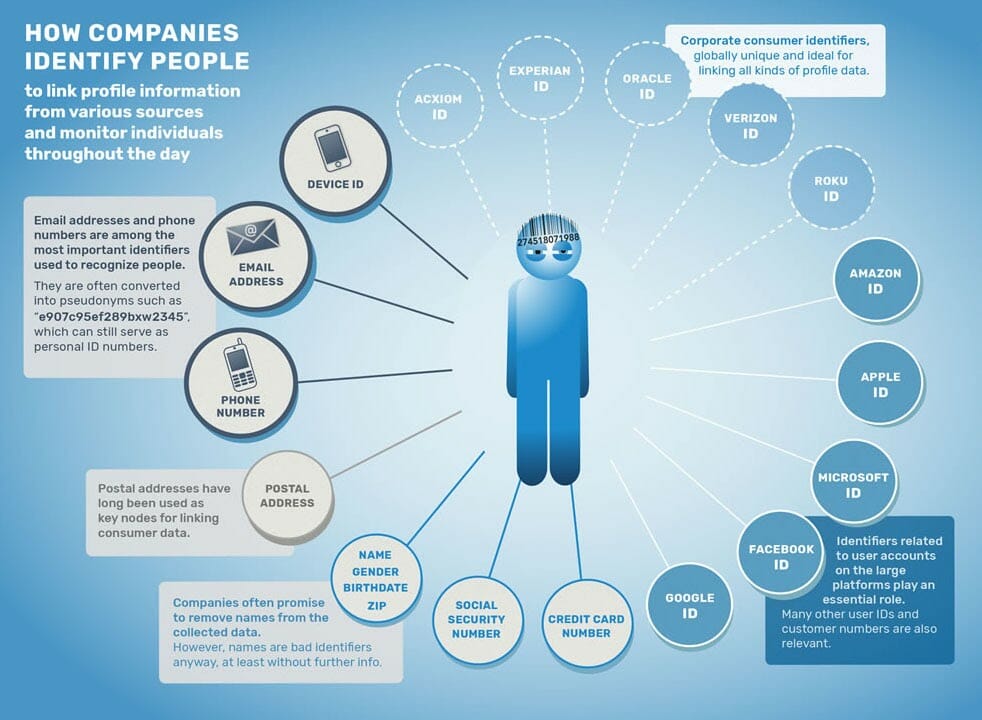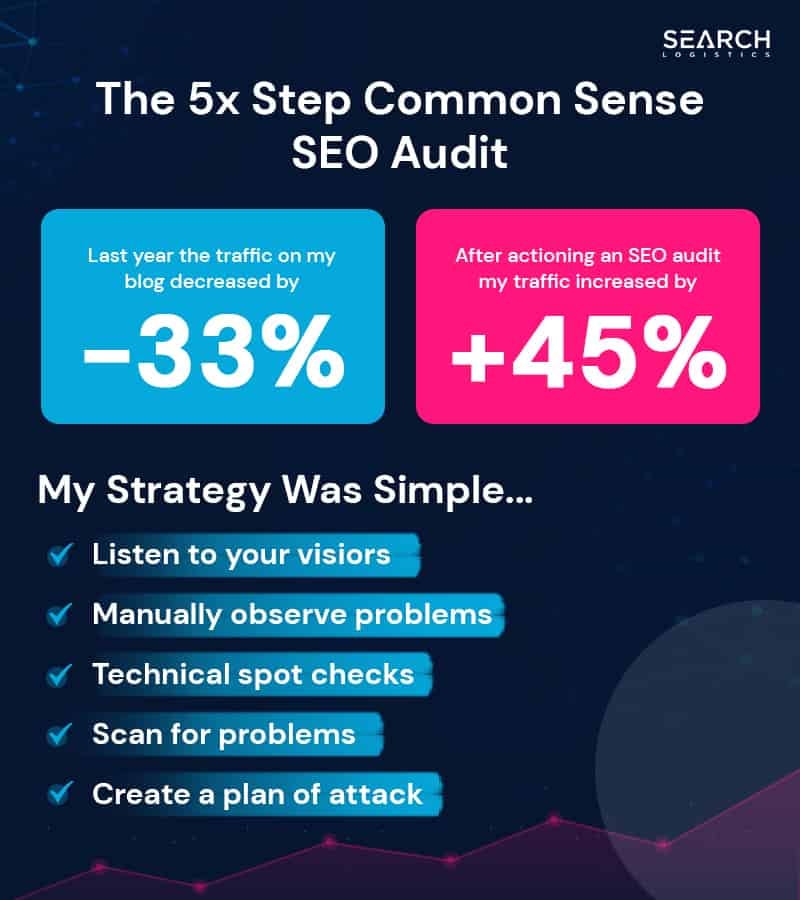Discover the secrets of the Google Sandbox and how it can impact your SEO strategy – don’t miss out!

Image courtesy of via DALL-E 3
Table of Contents
- Introduction to the Google Sandbox
- Why New Websites are Put in the Sandbox
- Common Signs Your Website is in the Sandbox
- How Long Does the Sandbox Effect Last?
- Strategies to Minimize Sandbox Effects
- Monitoring Your Website’s Performance
- Real-Life Stories of Overcoming the Sandbox
- Summary and Final Tips
- Frequently Asked Questions (FAQs)
Introduction to the Google Sandbox
In the vast world of the internet, there is a special place called the Google Sandbox. Now, you might be wondering what on earth is a Google Sandbox and why is it important? Well, let’s dive into this fascinating topic and uncover the secrets of the Sandbox that hold the key to a new website’s success in the online realm.
What is the Google Sandbox?
Imagine a sandbox at a playground, a place where kids build sandcastles, play, and have fun. Well, the Google Sandbox is kind of like that, but for new websites on the internet. It’s a virtual space where Google puts new websites to see how they perform before letting them join the big leagues of search results. Google wants to make sure these new sites are trustworthy and provide valuable information to people searching online. Just like playing in a real sandbox, new websites need time to prove themselves to Google.
Why is SEO Important?
Now, you might have heard the term SEO bouncing around when people talk about websites. SEO stands for Search Engine Optimization, and it’s like giving your website a special set of instructions to help search engines like Google find it easily. Imagine you’re playing hide and seek, and you want to be found quickly. SEO is like leaving breadcrumbs for Google to follow so your website can be discovered by people looking for what you have to offer. It’s super important for websites to use SEO to get noticed amidst the vast internet jungle.
Why New Websites are Put in the Sandbox
When you hear the term “sandbox,” you might think of a fun play area where you build sandcastles and play with toys. But did you know that Google has its own sandbox for new websites too? Let’s dive into why new websites are put in the sandbox and what it means for them.
The Sandbox Effect
Imagine you’ve just built a brand-new website, filled it with all your cool ideas, and are excited for everyone to see it. But when you search for it on Google, you can’t find it anywhere near the top of the search results. That’s because Google sometimes puts new websites in a sandbox. This means your site is going through a testing phase to see if it can be trusted before being ranked higher in search results.
Google’s Trial Period
Think of the sandbox as Google’s way of giving your new website a chance to prove itself. Just like when you try out a new game for a while before deciding if you like it, Google wants to make sure your site is reliable and valuable to people searching for information. So, during this trial period, your website might not show up as high on the search results until Google feels confident that it’s trustworthy.
Common Signs Your Website is in the Sandbox
When you have a new website, it’s like planting a seed in the ground and waiting for it to grow. But sometimes, Google puts your website in a special place called the sandbox, where it takes some time to grow and show up in search results. Here are some signs that your website might be in the sandbox:

Image courtesy of contentatscale.ai via Google Images
Low Traffic Levels
If you check your website and notice that not many people are visiting it, this could be a sign that it’s in the sandbox. New websites often struggle to attract visitors because they are still being tested by Google.
Poor Search Rankings
When you search for something related to your website on Google and you can’t find your site on the first few pages, it might be because your website is in the sandbox. Google is still getting to know your site, so it doesn’t show up high in search results yet.
How Long Does the Sandbox Effect Last?
When a new website enters the Google Sandbox, it can feel like being stuck in a waiting room. But how long does this waiting period typically last? Let’s dive into the timeline of the sandbox effect and why patience is key.
Typical Duration
The duration of the sandbox effect can vary from one website to another, but on average, most websites tend to stay in this phase for about 3 to 6 months. During this time, Google is analyzing and evaluating the credibility and quality of the new site, which determines its ranking in search results.
It’s important to understand that the sandbox effect is not a punishment, but rather a precautionary measure by Google to ensure that new websites are legitimate and trustworthy before they are prominently displayed in search results. So, if your website is experiencing low traffic or poor rankings, don’t lose hope – it’s all part of the process.
Patience Pays Off
While waiting for your website to emerge from the sandbox might feel frustrating, it’s crucial to remain patient and continue working on improving your site’s content and credibility. Remember, Rome wasn’t built in a day, and neither is a successful website.
By consistently producing high-quality content, building backlinks from reputable sources, and utilizing social signals to promote your website on platforms like Facebook, Twitter, and Instagram, you can gradually minimize the impact of the sandbox effect and position your site for long-term success.
Strategies to Minimize Sandbox Effects
When your website is stuck in the Google Sandbox, it can feel frustrating to see low traffic and poor search rankings. But fear not! There are strategies you can use to minimize the impact of the sandbox and help your website break free into the online world.

Image courtesy of www.singlegrain.com via Google Images
Creating High-Quality Content
One of the most important strategies to minimize the sandbox effect is by creating high-quality content. This means writing engaging articles, crafting informative blog posts, and providing valuable resources for your audience. Google loves websites that offer quality content because it shows that you are an authority in your field. By consistently producing top-notch content, you can improve your website’s chances of ranking higher once it’s out of the sandbox.
Building Backlinks
Another effective strategy is to build backlinks to your website. Backlinks are like ‘upvotes’ from other websites, telling Google that your site is credible and trustworthy. You can acquire backlinks by reaching out to other website owners for collaborations, guest posting on relevant blogs, or creating shareable content that others will link back to. The more high-quality backlinks you have, the better your website’s chances of gaining recognition and authority in the online world.
Using Social Signals
Don’t underestimate the power of social media in minimizing the sandbox effect. Sharing your website on social platforms like Facebook, Twitter, and Instagram can help increase your website’s visibility and traffic. When Google sees that your website is being shared and talked about on social media, it can boost your credibility and authority, ultimately helping you break free from the sandbox faster. So, don’t forget to leverage social signals to give your website a push in the right direction.
Monitoring Your Website’s Performance
Once your website is up and running, it’s essential to keep an eye on how it’s performing. Monitoring your website’s performance can help you understand what’s working well and what areas may need improvement. Let’s explore some tools and metrics that can assist you in tracking your website’s progress.
Google Analytics
Google Analytics is a powerful tool that provides valuable insights into your website’s traffic and performance. By setting up Google Analytics on your site, you can track the number of visitors, where they are coming from, which pages they are viewing, and how long they are staying on your site.
This data is crucial in understanding your audience and can help you make informed decisions to enhance your website’s user experience. For example, if you notice that a particular page has a high bounce rate, you may want to investigate further to see how you can make improvements to keep visitors engaged.
Search Console
Google Search Console is another essential tool that can provide insights into how your website is performing in Google search results. By verifying your website with Google Search Console, you can see valuable information such as the keywords that are driving traffic to your site, the number of times your site appears in search results, and any issues that may be affecting your site’s visibility.
Additionally, Google Search Console can help you monitor your website’s indexing status, submit sitemaps, and view any manual actions that Google has taken against your site. By regularly checking in on your Search Console data, you can ensure that your site is optimized for search and identify any areas that may need attention.
Real-Life Stories of Overcoming the Sandbox
Once upon a time, there was a young blogger named Sarah who loved writing about her adventures in the park and sharing her favorite recipes. Excited to reach more people, Sarah launched her own blog but found that not many visitors were coming to read her posts. She learned that her blog was in the Google Sandbox, which meant it was like playing in a sandbox before being allowed to play with the big kids.

Image courtesy of www.searchlogistics.com via Google Images
Despite the initial low traffic and poor search rankings, Sarah didn’t give up. She continued to create engaging content, shared her blog on social media, and asked her friends to visit and leave comments. Slowly but surely, Sarah’s blog began to climb up the search results and gain more readers!
Story 2: A New Online Store
Meet Jack, who had a passion for crafting unique handmade jewelry. He decided to start an online store to sell his creations and share his art with the world. However, just like Sarah, Jack’s store also got stuck in the Google Sandbox, struggling to attract customers and make sales.
Instead of feeling discouraged, Jack focused on building high-quality backlinks by reaching out to influencers in the crafting community and collaborating with other artisans. He also used social media to showcase his products and connect with potential customers. Thanks to his dedication and perseverance, Jack’s online store eventually broke free from the sandbox and became a success!
Summary and Final Tips
Let’s quickly recap what we’ve learned about the Google Sandbox and how it affects new websites. Remember, the Google Sandbox is like a trial period for new websites, where Google assesses their trustworthiness before ranking them higher in search results. SEO, or Search Engine Optimization, is crucial for websites to be found on search engines like Google.
Recap of Key Points
In summary, if your website is experiencing low traffic levels and poor search rankings, it might be in the Google Sandbox. But don’t worry, this is a common phase that new websites go through. The sandbox effect typically lasts for a few months, so patience is key. To minimize the impact of the sandbox, focus on creating high-quality content, building backlinks, and leveraging social signals to boost your website’s credibility.
Stay Inspired
Lastly, stay motivated and keep working on your website. Success stories are proof that perseverance pays off. Don’t get discouraged by initial setbacks; instead, use them as learning opportunities to improve your website and attract more visitors. Remember, overcoming the Google Sandbox is possible with dedication and the right strategies. Keep at it!
Want to turn these SEO insights into real results? Seorocket is an all-in-one AI SEO solution that uses the power of AI to analyze your competition and craft high-ranking content.
Seorocket offers a suite of powerful tools, including a Keyword Researcher to find the most profitable keywords, an AI Writer to generate unique and Google-friendly content, and an Automatic Publisher to schedule and publish your content directly to your website. Plus, you’ll get real-time performance tracking so you can see exactly what’s working and make adjustments as needed.
Stop just reading about SEO – take action with Seorocket and skyrocket your search rankings today. Sign up for a free trial and see the difference Seorocket can make for your website!
Frequently Asked Questions (FAQs)
What is SEO?
SEO stands for Search Engine Optimization. It’s like giving your website a cool makeover to help it show up when people search for things on the internet. By using specific tricks and tools, your website can climb higher in Google’s search results, making it easier for people to find.
How do I know if my website is in the sandbox?
If your website is new and you notice that it’s not getting a lot of visitors or that it’s not showing up on the first few pages of Google search results, then it might be in the sandbox. This means Google is still getting to know your website before ranking it higher.
What should I do if my website is sandboxed?
If you find out that your website is in the sandbox, don’t worry! Here are some things you can do: Keep adding new and interesting content to your site, try to get other websites to link to yours (these are called backlinks), and share your website on social media to get more people to see it. With a little patience and smart strategies, your website will break out of the sandbox and shine online!







